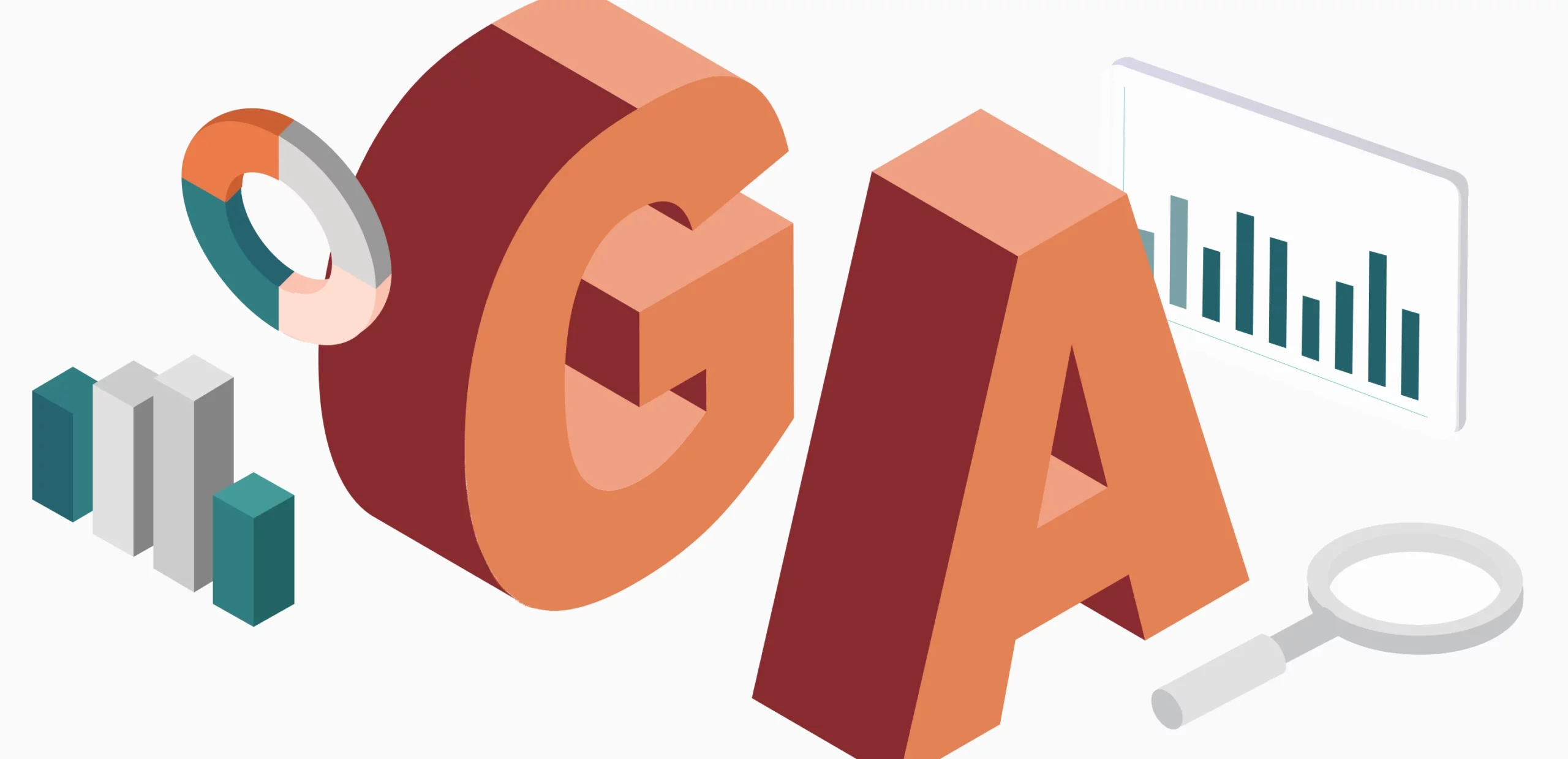In the ever-evolving world of digital marketing, the ability to optimise conversion rates is crucial for the success of any online business. Google Analytics, a powerful web analytics tool, plays a pivotal role in understanding user behaviour and making informed decisions to enhance conversion rates. Here are some valuable tips for utilising Google Analytics effectively for conversion rate optimisation (CRO):
Table of Contents
1. Set Up Goals and Conversion Tracking
Begin by defining clear goals that align with your business objectives, such as completing a purchase, signing up for a newsletter, or filling out a contact form. Use Google Analytics goal and conversion tracking feature to monitor the completion of these desired actions, enabling you to measure conversion rates accurately.
2. Identify High-Performing Pages
Utilise the “Behaviour” section in Google Analytics to identify pages that are driving higher conversion rates. Analysing the behaviour flow and user journey on these pages can reveal valuable insights about what’s working well and why users are more likely to convert there.
3. Analyse User Behaviour

Use the “Audience” section to delve into user demographics, interests, and behaviours. Understanding your target audience’s preferences, devices, and locations can help tailor your CRO strategies more effectively.
4. Utilise Heatmaps and User Recordings
Integrate third-party tools that offer heatmaps and user recordings to gain a visual representation of how visitors interact with your website. This can highlight areas of interest, engagement, and potential friction, guiding your optimisation efforts. We recommend a third-party tool like Hot Jar.
5. Implement A/B Testing
A/B testing, or split testing, allows you to compare two different versions of a web page to determine which one performs better in terms of conversion rates. Google Analytics supports A/B testing through its Google Optimise integration, enabling you to make data-driven decisions about design, content, and layout changes. But with Google Optimise coming to an end we recommend Visual Website Optimiser.
6. Monitor Funnel Visualisation

Create and track funnels within Google Analytics to visualise the user journey from the landing page to the conversion point. Analysing drop-off points in the funnel can help you identify areas for improvement and optimise the user experience accordingly.
7. Focus on Page Speed
Slow-loading pages can lead to high bounce rates and decreased conversion rates. Google Analytics provides insights into page load times. Use the “Site Speed” section to identify slow-loading pages and take steps to optimise them for a better user experience.
8. Understand Referral Sources
Identify the sources that drive traffic to your website and contribute to conversions. This information can help you allocate resources more effectively by focusing on channels that bring in high-converting visitors.
9. Embrace Mobile Optimisation

With the rise of mobile browsing, it’s crucial to ensure that your website is optimised for mobile devices. Google Analytics provides data on mobile user behaviour, helping you identify potential mobile-specific conversion rate optimisation opportunities.
10. Continuously Iterate and Improve
Conversion rate optimisation is an ongoing process. Regularly analyse the data, implement changes, and monitor the results. Over time, these iterative improvements will lead to a higher conversion rate and improved overall performance.
Conclusion
In conclusion, Google Analytics serves as a powerful ally in the pursuit of conversion rate optimisation. By setting up goals, analysing user behaviour, conducting A/B testing, and continuously refining your approach, you can leverage this tool to make informed decisions that drive meaningful improvements in your website’s conversion rates. Remember that every business is unique, so tailor these tips to suit your specific goals and audience.
Are you ready to grow your brand and explore the world of digital marketing further? Talk to our team of experts about your needs, challenges and goals. To learn more about how we can help, visit our Digital Services Page.
Book A Call






